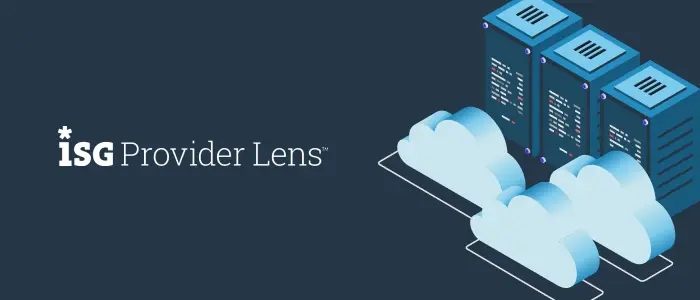
As more and more businesses embrace digital transformation, the need for increased speed and agility in product development is becoming ever more apparent. Traditional team structures are generally incapable of scaling to meet demand, and conflicting departmental philosophies hinder necessary collaboration. DevOps offers a solution to the dysfunctions of traditional software production, uniting development and operations for a cultural shift that breaks down silos, improves cross-team coordination, and optimizes development processes.
But while DevOps carries with it some very-attractive promises, most teams on their own are simply not capable of handling the increased speed and frequency of deliveries across multiple on-prem and public cloud platforms. As such, one essential component of this new, agile approach is DevOps automation.
DevOps automation, as the term suggests, describes the automating of many different tasks throughout the DevOps lifecycle ‘ from design and development to continuous deployment or delivery (the CD in CI/CD). Automation and self-service enable these tasks to be completed with little to no human interaction, allowing faster deployment of iterative updates.
In essence, DevOps automation frees teams from performing manual and repetitive tasks, allowing more rapid development cycles and more frequent releases of new functionality.
Far from being a supplemental technology, automation is a key principle in accelerating effectively with DevOps. Simply put, DevOps turns software development into something like an assembly line, with multiple departments working concurrently on their own tasks to help move multiple projects forward at once. And just as factory automation allowed early assembly lines to quickly surpass more-traditional methods, DevOps automation empowers teams with increased reliability, efficiency, and consistency.
DevOps automation decreases cross-team dependencies, while also taking over many of the processes related to resource provisioning and configuration. The end result? Increased release frequency, faster feedback and implementation, and a better overall experience for both developers and end-users.
When it comes to determining what DevOps processes to automate, the answer is deceptively simple: everything. That said, many organizations may find it difficult to automate every process. Instead, teams will need to prioritize automation based on the needs of the business and the feasibility of the technology. With that in mind, many organizations choose to automate the following processes first:
To get the most out of DevOps automation, teams should consider the following best practices:
DevOps is a culture change, not a title or a tool and it covers a wide array of tools, technology, people, and process. Unfortunately, organizations face hybrid cloud and application complexity, as well as the friction from decades of technology silos. Ideally, clients want clean handoffs and automated processes, just as Morpheus Data offers.
Morpheus Data, the leader in hybrid cloud management application orchestration, brings advanced DevOps automation to organizations around the world. It’s an application-centric framework for lifestyle automation, designed for simplicity, agnosticism, and responsiveness. Morpheus provides a first-class experience through integration using native internal tools to handle each phase of the life cycle, providing the ultimate goal of moving forward faster with DevOps automation.
Click here to learn more, and streamline your development and operations processes like never before.